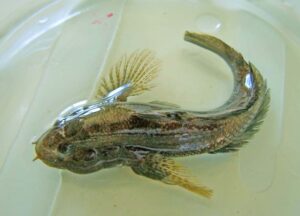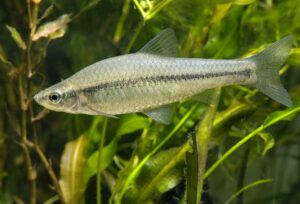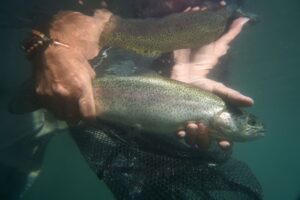Freshwater fish in Europe
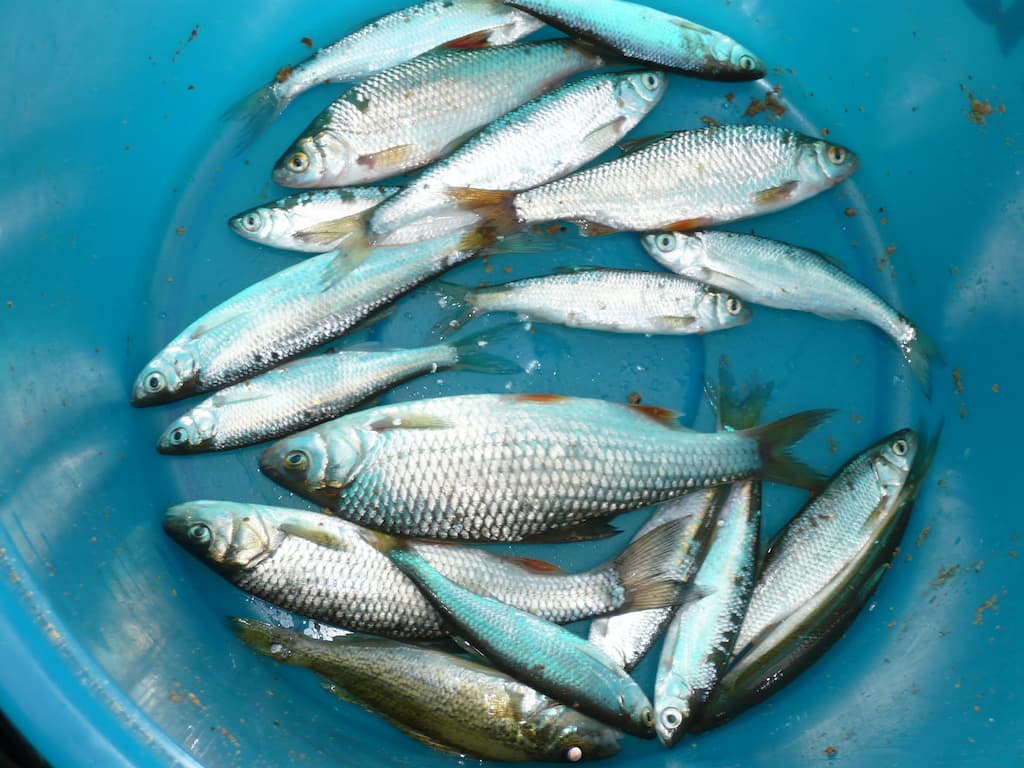
Welcome to our comprehensive guide on freshwater fish in Europe. If you’re an angling enthusiast or simply curious about the fascinating underwater world of freshwater ecosystems, you’ve come to the right place.
In this article, we will dive into the diverse array of fish species that inhabit Europe’s rivers, lakes, and ponds. From game fish that test your skills and strength, to panfish that offer delightful meals, to bottom feeders that play a crucial role in maintaining water quality, and predatory fish that dominate the food chain, we’ll explore the characteristics and importance of each fish family.
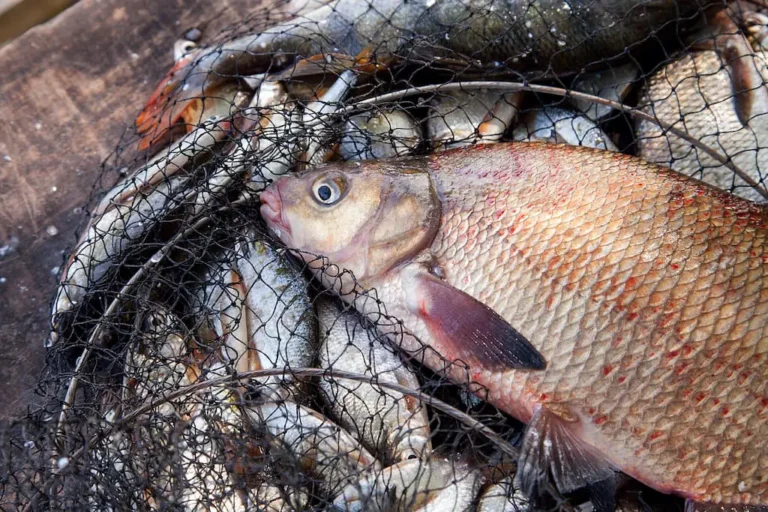
What is a Freshwater Fish?
Freshwater fish are a diverse group of aquatic vertebrates that inhabit rivers, lakes, ponds, and other freshwater bodies. Unlike their saltwater counterparts, these fish species have adapted to survive environments with lower salinity levels. They play a vital role in freshwater ecosystems, contributing to the balance of the ecosystem and serving as important indicators of overall environmental health.
Game fish
Game fish are highly sought after by anglers for their sporting qualities and challenging nature. They are known for their strength, agility, and ability to put up a good fight when hooked. Common examples of game fish in Europe include Trout, Salmon, Pike, Wels Catfish and Carp. These species are typically targeted for recreational fishing and require specific techniques and gear to be successfully caught.
Coarse fish
The coarse fish family encompasses all non-game fish species. Based on their characteristics and behaviour, coarse fish can be further classified into four subfamilies.
Panfish
As the name suggests, panfish are small fish that can fit in a frying pan. They are usually targeted for their delicious taste rather than their fighting abilities. Common freshwater panfish species in Europe include various fish species, such as Roach and Rudd, as well as Common Bleak and small Bream. Panfish fishing provides anglers with a relaxed and enjoyable experience, often involving simple equipment and techniques.
Bottom Feeders
Bottom feeders, also known as benthic fish, primarily feed on the bottom of freshwater bodies. They play a crucial role in the ecosystem by consuming organic matter and helping to maintain water quality. Common bottom-feeder species in Europe include Barbel, Carp, and Sturgeon. Specialised anglers often target these fish using specific bait and rigging techniques.
Predatory freshwater fish in Europe
Predatory fish are known for their hunting prowess and feeding habits. They actively seek out and prey upon other fish, invertebrates, or small mammals. Predatory European fish include Northern Pike, Zander, and Wels Catfish. Anglers targeting predatory fish employ various techniques, such as artificial lures, live bait, or fly fishing methods.
Miscellaneous Fish
The miscellaneous family of coarse fish encompasses a diverse group of species that do not fit neatly into the specific classifications of panfish, bottom feeders, or predatory fish. These fish exhibit a wide range of characteristics, habitats, and feeding behaviors, making them a fascinating and varied category. Some examples of coarse fish in this family include Tench, Chub or Stickleback. These fish often have unique adaptations and behaviors that set them apart. They can be found in various aquatic environments, from rivers and lakes to ponds and canals. Anglers who target the miscellaneous coarse fish are often drawn to the challenge of understanding and unlocking the secrets of these lesser-known species. Each fish in this category offers its own set of angling opportunities, making them an exciting and intriguing addition to the world of coarse fishing.
Differentiating Fish Species: Why It’s Important for Anglers
Being able to differentiate between fish species is crucial for anglers for several reasons. Firstly, it helps anglers comply with fishing regulations and size limits imposed by local authorities. These regulations are in place to ensure the sustainability of fish populations and protect the overall health of freshwater ecosystems. Secondly, understanding the characteristics and behavior of different fish species allows anglers to choose the appropriate fishing techniques, baits, and equipment for targeting specific fish. Finally, being able to identify fish species enhances the overall angling experience, allowing anglers to appreciate the diversity and beauty of freshwater fish.
Classification in the realm of fishing is not always clear-cut and there are instances where certain fish can fall into multiple categories. A perfect example of this is the Wels Catfish. While it is widely recognized as a game fish due to its impressive size, strength, and the thrill it provides to anglers, it also fits the classification of a predatory fish. The Wels Catfish is known for its voracious appetite and its ability to hunt and ambush its prey. It often feeds on smaller fish, frogs, and even small mammals. This dual classification highlights the complexity of fish species and serves as a reminder that they can possess characteristics that overlap different categories. It adds to the intrigue and allure of fishing, as anglers navigate the nuances of these unique and fascinating species.
By learning about the various fish families and their characteristics, anglers can make informed decisions during fishing. Whether it’s the thrill of catching a game fish, the joy of reeling in a panfish, the challenge of enticing a bottom feeder, or the adrenaline rush of hooking a predatory fish, freshwater fishing in Europe offers an array of opportunities for anglers of all skill levels. So grab your gear, explore the waters, and immerse yourself in Europe’s captivating world of freshwater fish.


